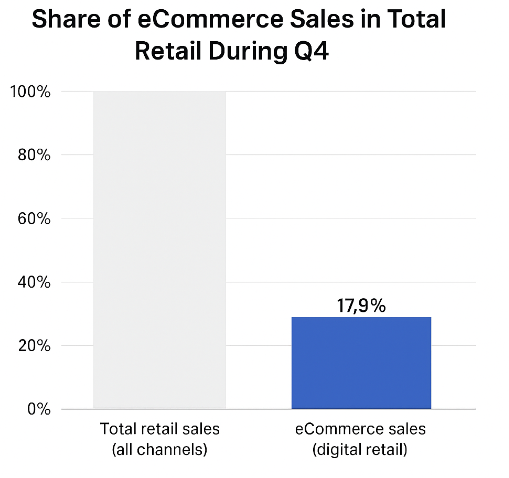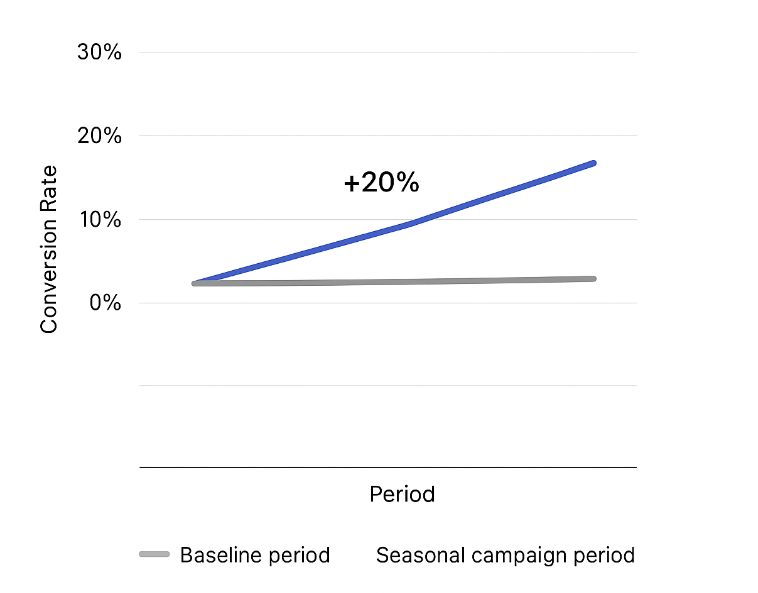Seasonality is one of the most powerful forces in paid advertising. Whether it’s back‑to‑school, Black Friday, or niche industry-specific spikes, brands that prepare early consistently outperform those that improvise. In fact, research shows that advertisers who start planning campaigns at least 30 days before major seasonal peaks reduce cost-per-acquisition by up to 20% due to better inventory availability and lower auction pressure.
This guide walks through how to transform seasonal ideas into a full, actionable marketing calendar—so campaigns launch on time, budgets stay controlled, and results become far more predictable.
Why Seasonal Planning Matters
Seasonal demand is not random; it follows patterns. When advertisers align their strategy to these predictable spikes, performance improves significantly. For example:
-
Retail search volumes increase by over 160% during Q4 holiday periods.
-
Industries like travel see up to 40% lower cost-per-click when campaigns launch in pre‑season windows instead of peak demand weeks.

Share of eCommerce sales in total retail during Q4 — digital retail now approaches one-fifth of total retail demand
Planning early also unlocks creative efficiency. Rather than rushing assets last minute, teams can prepare tailored visuals, offers, and audience segments that match micro‑moments within each season.
Step 1: Identify Seasonal Opportunities
Start with questions that reveal demand cycles:
-
When does your audience typically research, compare, and buy?
-
Which months historically show higher engagement or ROAS?
-
Are there underserved micro‑seasons relevant to your niche?
Useful data sources include your own analytics, platform seasonality reports, and industry-specific benchmarks that show when CPCs and conversions fluctuate.
Group opportunities into three tiers:
-
Major Peaks (Black Friday, Christmas, New Year)
-
Medium Events (Back‑to‑school, summer sales, tax season)
-
Niche Micro‑Seasons (category‑specific spikes, product launches, local events)
This hierarchy helps determine budget allocation and creative workload.
Step 2: Map Campaign Phases
Each seasonal period should follow a structured cycle of three phases:
1. Pre‑Season (Awareness & Warm‑up)
-
Ideal timing: 2–6 weeks before peak.
-
Goals: audience warming, content distribution, engagement.
-
Key insight: brands that activate pre‑season phases report up to 30% higher conversion rates during peak weeks.
2. In‑Season (Conversions & Retargeting)
-
Ideal timing: the actual high‑intent period.
-
Goals: maximize sales, scale winning ads.
-
Strategy: heavier budgets, dynamic retargeting, offer-driven creatives.
3. Post‑Season (Retention & Upsells)
-
Ideal timing: 1–3 weeks after peak.
-
Goals: convert late buyers, cross‑sell, win repeat customers.
-
Insight: post‑season retargeting campaigns often deliver up to 25% lower CPMs because auction pressure drops.
Step 3: Build the Seasonal Ad Calendar
Once phases are clear, convert them into a structured calendar. A simple grid helps visualize:
-
Monthly themes
-
Campaign start & end dates
-
Creative asset deadlines
-
Audience updates
-
Budget shifts
-
Offer releases
For example:
| Month | Campaign Focus | Creative Deadline | Launch Window |
|---|---|---|---|
| August | Back‑to‑School | July 15 | Aug 1–31 |
| November | Black Friday | Oct 10 | Nov 1–30 |
| January | New Year Kickoff | Dec 1 | Jan 1–20 |
This format ensures no season sneaks up on you—and teams always know exactly what’s coming.
Step 4: Align Creatives With Seasonal Intent
Season‑specific messages outperform generic ads because they match what users are already thinking about. Studies show that even light seasonal framing—like color themes or limited‑time value propositions—can lift click‑through rates by 15–25%.

Average conversion-rate uplift of ~20% when using seasonally aligned campaigns
Creative elements to align:
-
Visual style that matches the season
-
Headlines tied to seasonal pain points or urgency
-
Offer types appropriate for the stage (pre‑season guides, peak discounts, post‑season bundles)
Produce assets early, and organize them inside the calendar by deadline.
Step 5: Allocate Budgets Based on Seasonal Demand
Budgets shouldn’t be flat—they should rise and fall with buyer intent.
Typical allocation framework:
-
20% to pre‑season audience warming
-
60% to in‑season conversion campaigns
-
20% to post‑season retargeting and loyalty
Advertisers who follow this demand‑aligned budget curve regularly achieve more efficient CPAs because they scale during high‑intent days and save during low‑intent periods.
Step 6: Review, Analyze, and Update Quarterly
Seasonality evolves, and so should your calendar. Each quarter, evaluate:
-
Which seasons delivered the strongest ROAS
-
Which campaigns underperformed and why
-
New seasonal opportunities emerging from behavior shifts
Optimized seasonal calendars often drive compounding growth. Once you understand your annual rhythm, every season becomes easier—and more profitable—to plan.
Suggested Articles
By turning seasonal ideas into a structured calendar, you gain control over timing, budgets, and creative readiness. This disciplined approach delivers more consistent performance and better outcomes across the entire marketing year.

